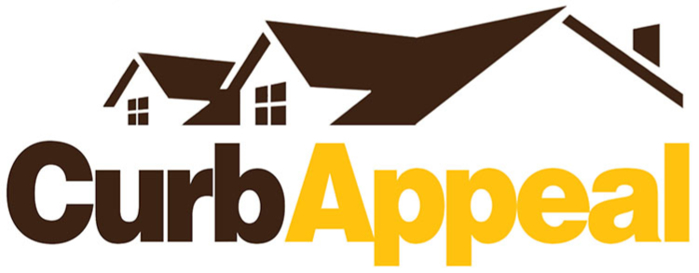|
Image: adogslifephoto / Adobestock

The housing shortage continued into April because inventory levels, a metric the National Association of Realtors (NAR) has been tracking since 1982, were near record lows. At the end of April, there were 1.16 million units available for sale, a 10.5% increase from a month ago but a 20.5% decrease from a year ago. At the current sales pace, unsold inventory would supply the market for only 2.4 months, up from the 2.1-month supply in March but down from the 4.0-month supply in April 2020.
There Is a Good Forecast
Despite this, NAR economists predict relief in the coming months. “We’ll see more inventory come to the market later this year as further COVID-19 vaccinations are administered and potential home sellers become more comfortable listing and showing their homes,” according to Lawrence Yun, chief economist for NAR. “The falling number of homeowners in mortgage forbearance will also bring about more inventory.” In addition, buyer demand was still strong in April despite the lack of inventory. Existing-home sales climbed 20% year over year from January to April 2021.
Prices Are Climbing, but Properties Are Selling Quickly
An increase in housing inventory levels should help relieve the rapid pace of price appreciation. In April, the median existing-home price climbed to a record-high $341,600, up 19.1% from a year earlier. This capped off 110 consecutive months of year-over-year gains. What’s more, every sales region in the country reported price increases. Yet the high prices seemingly did little to deter buyers, as 88% of homes sold in April were available for less than a month. The average property sold in just 17 days, down from 18 days a month ago and 27 days a year ago.
First-Time Buyers Had a Hard Time Finding Homes
First-time buyers accounted for 31% of all transactions in April, down from 32% month over month and 36% year over year. According to the NAR “2020 Profile of Home Buyers and Sellers,” the annual share of first-time buyers was 31%. “First-time buyers in particular are having trouble securing that first home for a multitude of reasons, including not enough affordable properties, competition with cash buyers, and properties leaving the market at such a rapid pace,” says Yun. Those cash buyers are typically individual investors or second-home purchasers; these groups represented 17% of all buyers in April, up from 15% a month ago and 10% a year ago.
Regional Sales Breakdown
Though only the Midwest recorded higher month-over-month sales, each of the four major sales regions in the country saw year-over-year increases.
-
Northeast - Existing-home sales annual rate of 730,000; a decrease of 3.9% from March 2021 but an increase of 30.4% from April 2020. At $381,100, the median sales price increased 22% from April 2020.
-
Midwest - Existing-home sales annual rate of 1.29 million; sales increased 0.8% from March 2021 and 13.4% from April 2020. At $259,300, the median sales price increased 13.5% from April 2020.
-
South - Existing-home sales annual rate of 2.6 million; a decrease of 3.7% from March 2021 but an increase of 39% from April 2020. At $289,600, the median sales price increased 15.8% from April 2020.
-
West - Existing-home sales annual rate of 1.23 million; a decrease of 3.1% from March 2021 but an increase of 53.8% from April 2020. At $501,200, the median sales price increased 19.9% from April 2020.
|











